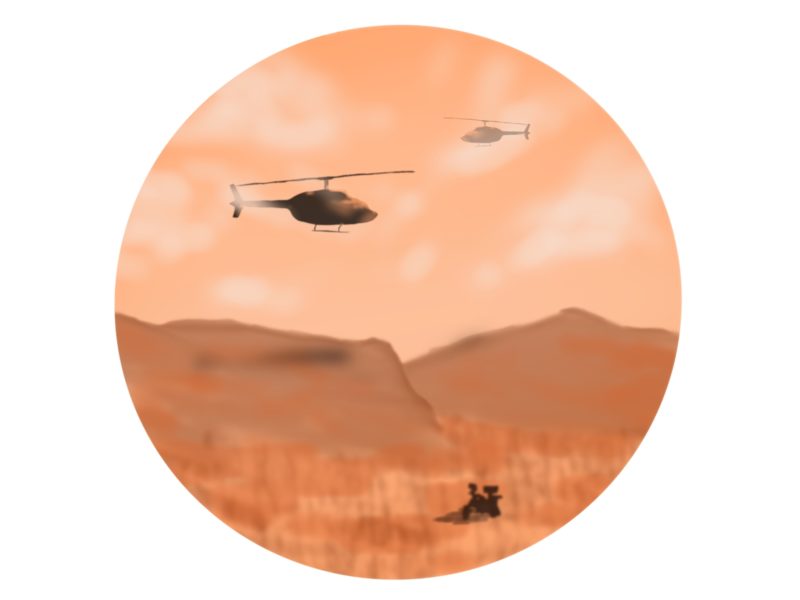George Nolas of the Physics Department at University of South Florida has recently acquired a new lab where he will continue to synthesize and characterize single crystal clathrates.
As a physicist, his work focuses on the structural property relationship of materials with the clathrate structure. Nolas describes the clathrate structure as a cage of atoms that can be put together like building blocks along shared faces, called the framework, with an atom or molecule in the middle called the guest.
Nolas’ work investigates clathrates where silicon composes the framework and sodium atoms are the guest atoms. The clathrate structure forms as the silicon atoms form the framework around the sodium atom. However, the intended energy applications in Nolas’s work require the removal of the guest atom from the established framework.
Nolas presented on a new synthesis technique to make single crystal silicon clathrates, which had been relatively unexplored until this point because of the limited known compositions that form the clathrate structure.
The traditional synthesis route consisted of thermal decomposition from the Na4Si4 precursor. Unfortunately this results in a polycrystalline material with defects that impair electronic properties important to energy applications. The new synthesis technique is based on current flow, which aids in the transport of sodium atoms outside the cage. After three hours of exposing Na4Si4 to a probe signal, a layer of the desired clathrate in single crystal form will have formed in the reaction chamber.
Further investigation into reaction parameters such as temperature and pressure give control over the types of structure the framework forms. A lower temperature produces the Type 1 structure while a higher temperature produces the Type 2 structure.
Additional property measurements on these single crystals has led to a better understanding of the “rattling” phenomena where the bonds connecting the guest atom to the framework expand and contract to produce a rattling of the atom within the framework.


'Inorganic clathrate lecture' has no comments
Be the first to comment this post!